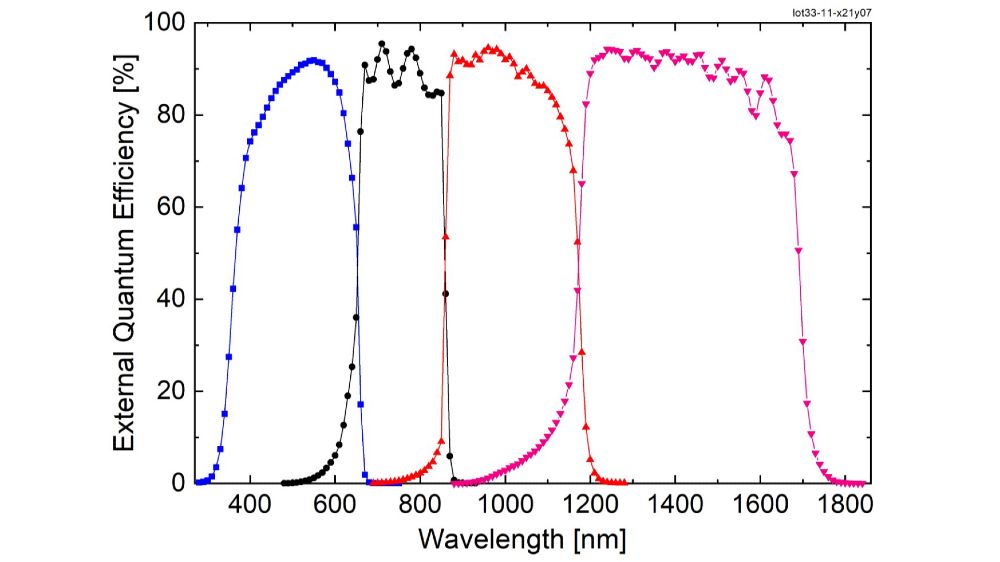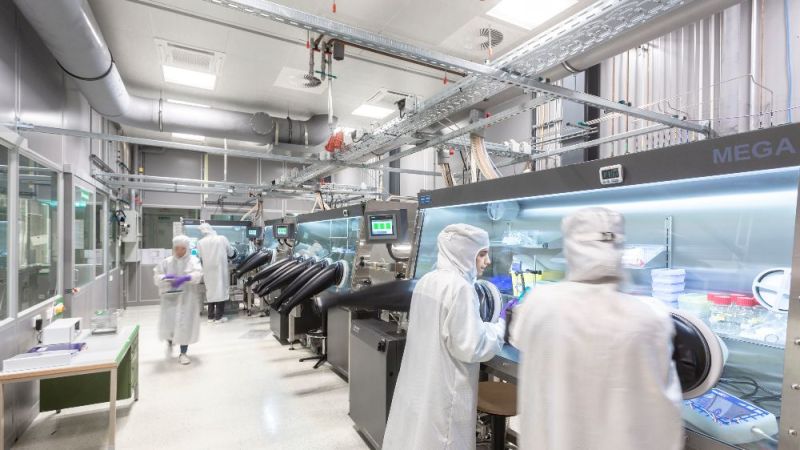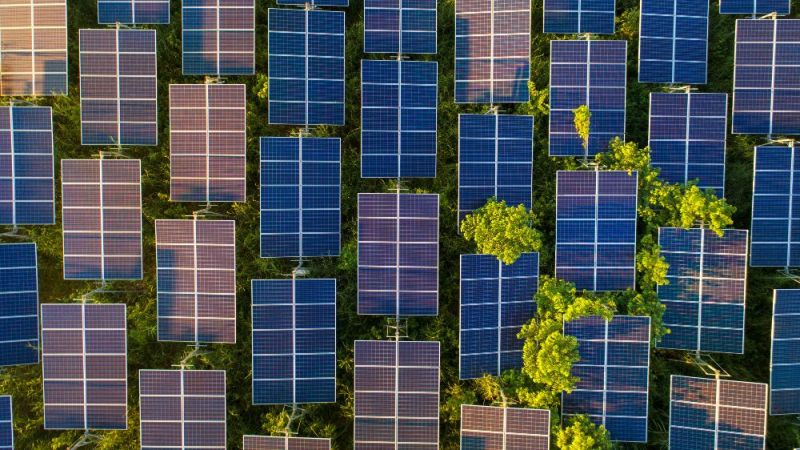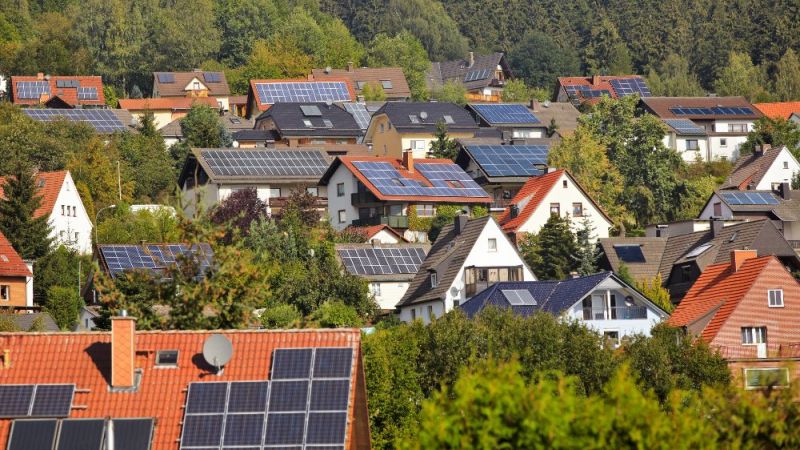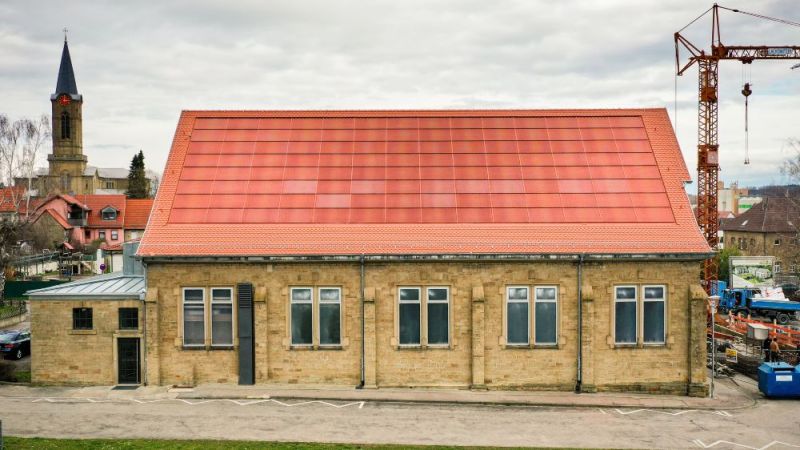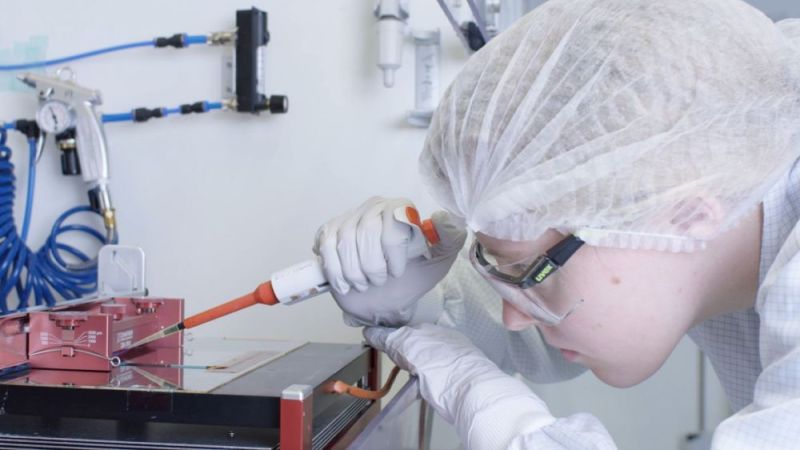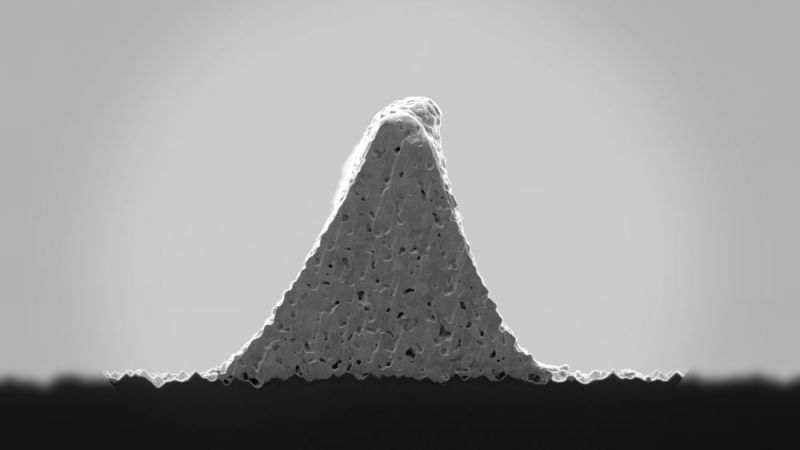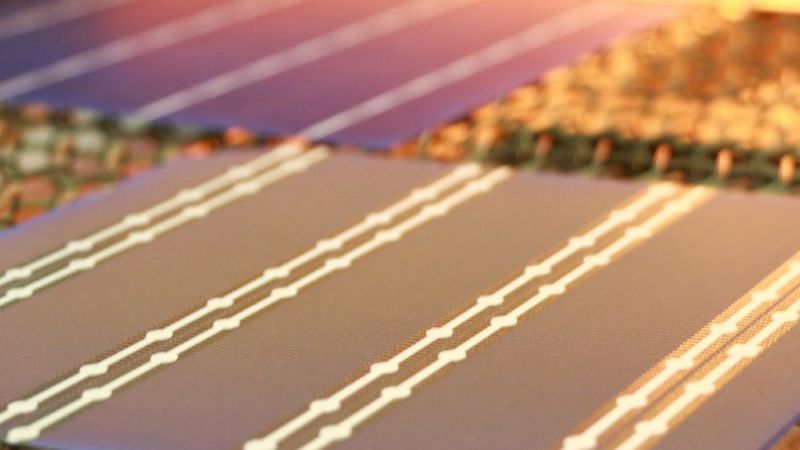Photovoltaics
Made in Germany: Most efficient solar cell in the world
With a record efficiency of 47.6 per cent, scientists at the Fraunhofer Institute for Solar Energy Systems ISE have reclaimed the title of the world's most efficient solar cell for Germany. The record-breaking quadruple solar cell was developed as part of the "50 per cent" research project, whose title already reveals the ambitious goals of the project team.
50 per cent efficiency is the central goal of the project, which commenced in spring 2020. The milestone now reached shows that the approach works. It is not a new cell concept that achieves these maximum values, but an existing one that the project team has consistently improved and equipped with additional functions. In particular, a four-layer anti-reflective coating has ensured that efficiency has increased from 46.1 to 47.6 per cent. As is usual with multi-junction solar cells, the sunlight is concentrated on the solar cell through special lenses. The researchers measured the record efficiency at 665 times the concentration of the sun.
In addition to the anti-reflective coating, they have also improved the contact layers. This enabled them to increase the amount of sunlight absorbed by the solar cell, whilst reducing energy losses at the same time. "With our work, we want to contribute to making concentrating photovoltaics even more efficient and competitive, because we believe that this is the most sustainable form of renewable electricity generation", says Dr. Frank Dimroth, Head of Department for III-V Photovoltaics and Concentrator Technology at Fraunhofer ISE.
Four cell layers absorb different ranges of sunlight
The project team is building on a cell structure that scientists already developed in 2016 together with the French company Soitec AG. Four different cell layers from the group of III-V compound semiconductors, deposited on a silicon wafer, together convert a large part of the sunlight into usable energy. Only by connecting several elements do the individual layers become semiconductors - hence the name "compound semiconductor".
Each layer converts its own range of sunlight. Together, the record-breaking cell absorbs light at wavelengths between 300 and 1,780 nanometres. This includes visible as well as infrared light. As a comparison: Conventional silicon cells absorb sunlight up to a wavelength of 1,200 nanometres. (mb)


